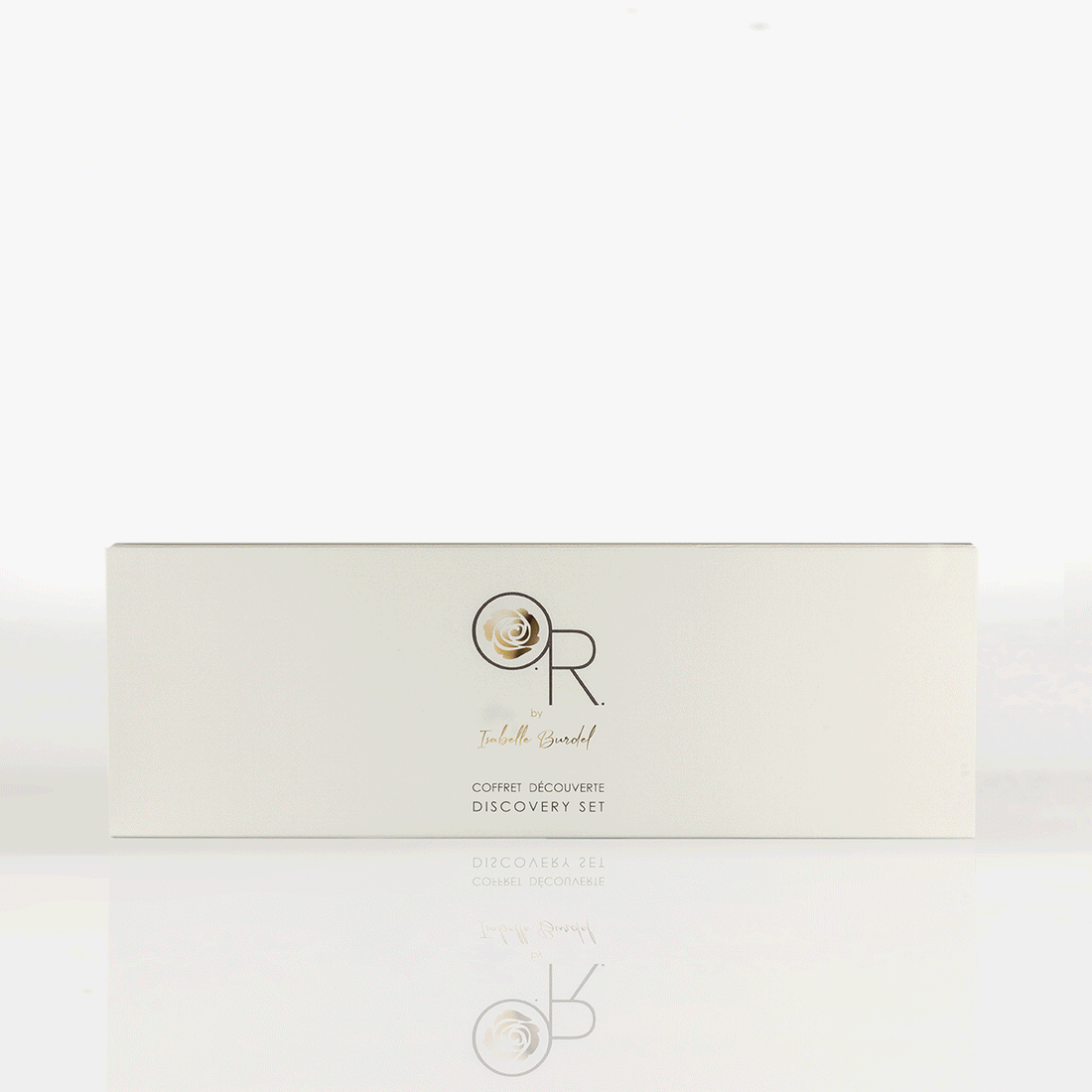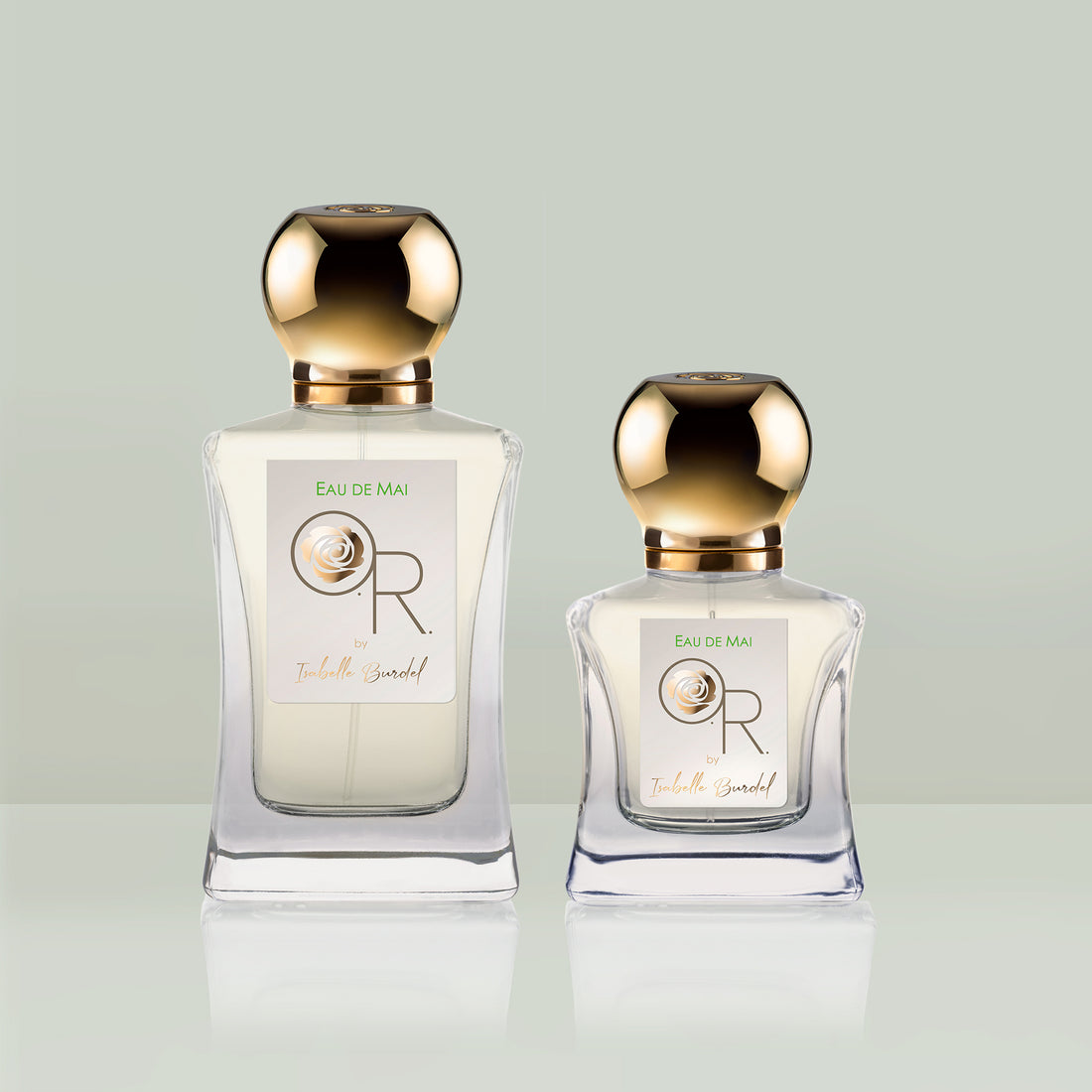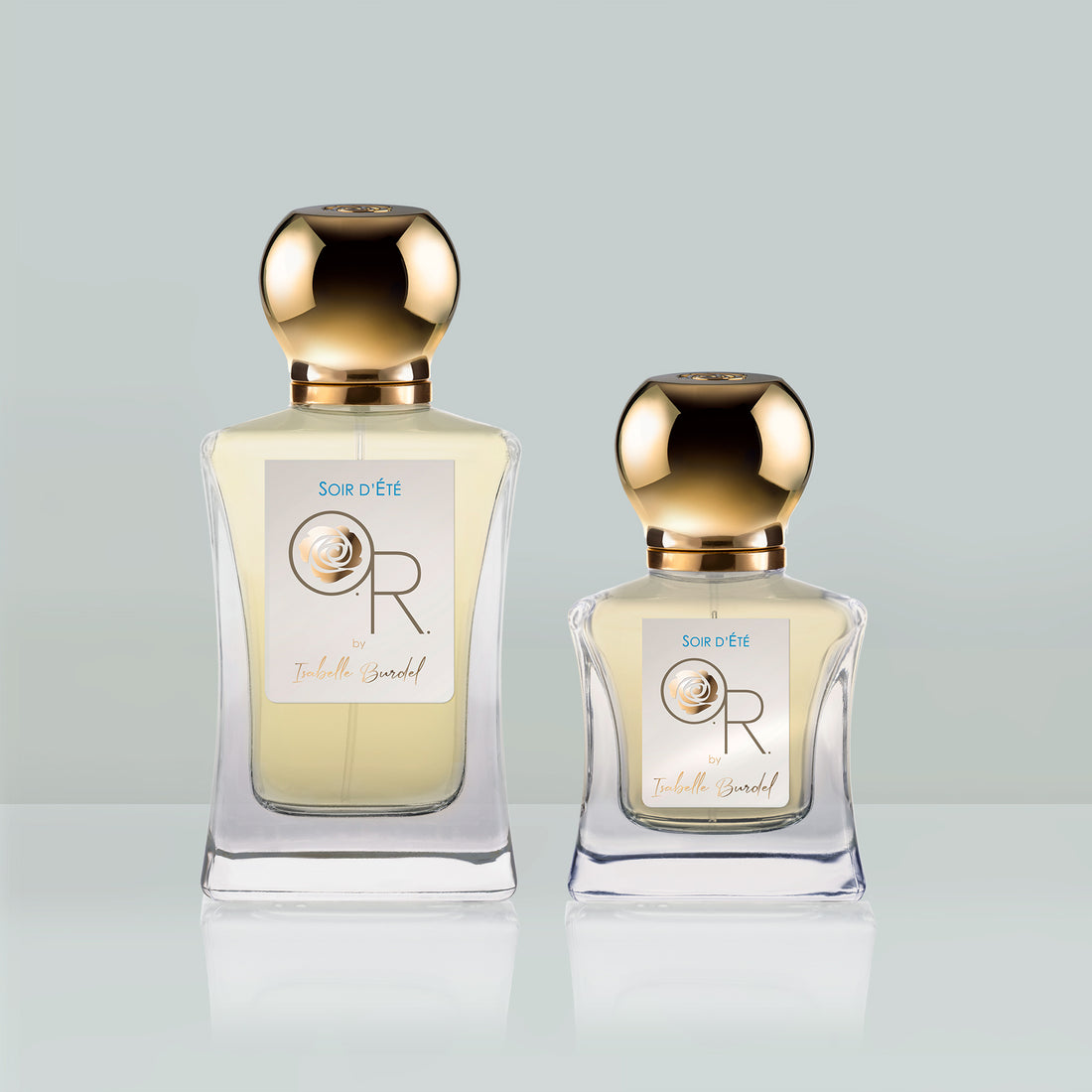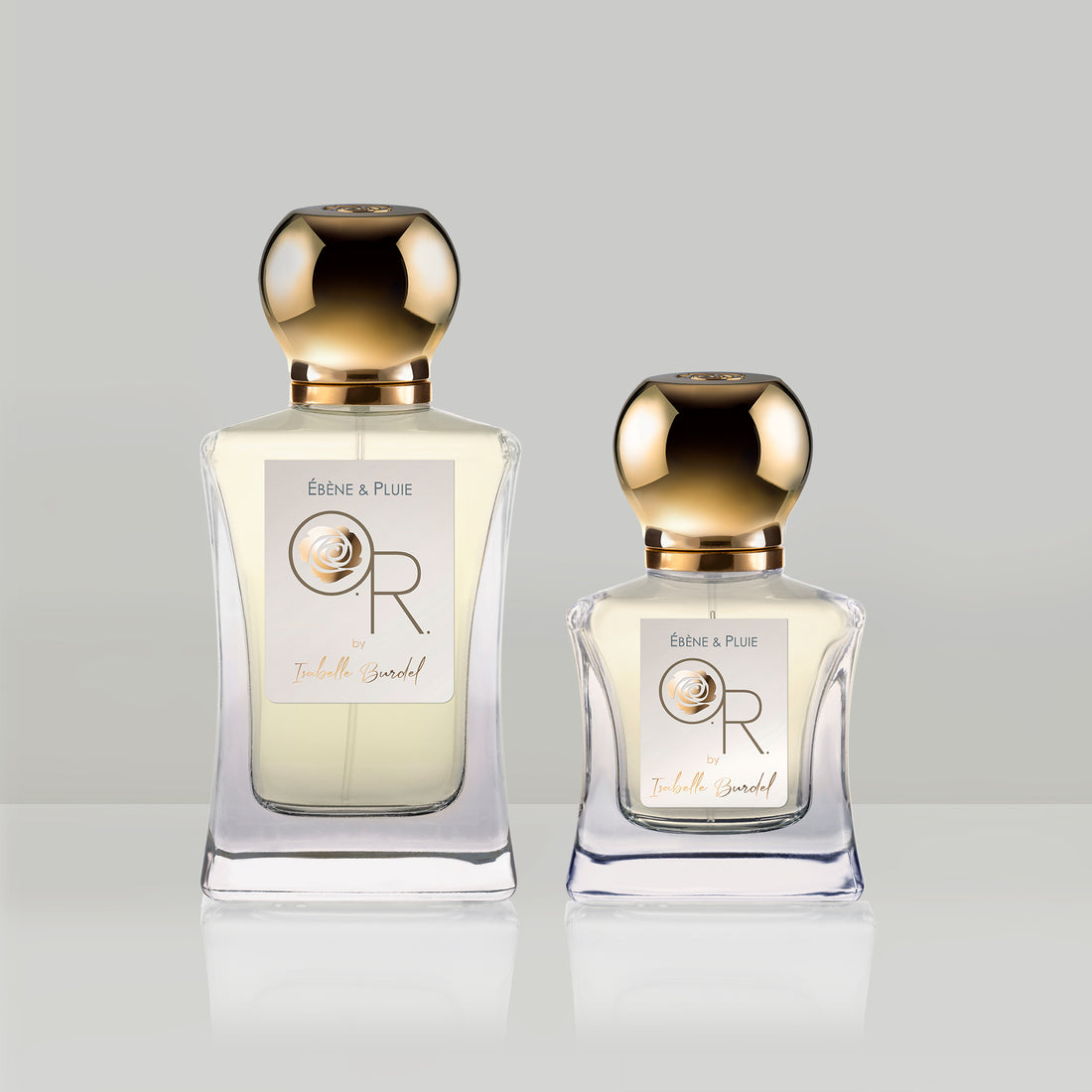Floral perfume is a major figure in perfumery. It is, in fact, the most extensive olfactory family, encompassing a wide range of scents, from peonies to lily of the valley, from roses to white flowers, not to mention mimosa or geranium. It is a category often associated with femininity and romance, but it can express a thousand nuances: fresh, sunny, sensual…
The history of floral perfumes
During the Renaissance, iris was used to perfume rice powders, and orange blossom was used in the making of colognes, which were very popular at the time. However, it was in Grasse that flowers had their moment of glory. Due to an economic crisis in the leather industry, master glovemakers and perfumers turned to perfumery, focusing on the cultivation and production of flower essences. This marked the beginning of a prosperous era for the city of Grasse, which was well-suited for growing roses, jasmine, and tuberose.
Floral perfumes had been making a name for itself long before the advent of modern perfumery. Perfumers who did not yet have access to synthetic molecules created figurative fragrances that reproduced floral scents. The synthetic notes that appeared in the 19th century allowed perfumers to enhance floral scents. One example is Coty's first major success, “La Rose Jacqueminot” (1904), or the floral bouquet (orange blossom, rose, tuberose), with powdery synthetic notes, for Guerlain's “L'Heure Bleue” (1912). For Gabrielle Chanel, who wanted a fragrance that "smells like a woman," perfumer Ernest Beaux created a bouquet of rose, jasmine, and ylang-ylang, which he accentuated with aldehydes to give it an abstract and mysterious quality, resulting in “No. 5” (1921). In 1929, Jean Patou created “Joy”, "the most expensive perfume in the world," a formula rich in rose and jasmine from Grasse, which was costly to produce and was given to his American clients affected by the financial crisis.
The success of floral perfumes has never waned since. Among the significant floral perfumes that left their mark on their respective eras, we can mention the assertive tuberose in “Fracas” by Robert Piguet (1948), the exuberant white flowers in “Giorgio”, Beverly Hills (1981), the rose with hints of violet in “Paris” by Yves Saint-Laurent (1984), the luminous powder of “Mimosa pour Moi” by L'Artisan Parfumeur (1992), the spicy orange blossom by Serge Lutens (2003), the musky rose of Chloé (2008), or more recently, the bouquet of white flowers in “Gucci Bloom” (2017).
The essential flowers of floral perfumes
Floral perfumes are characterized by their richness in floral notes, and their diversity allows perfumers to create compositions in various styles.
The rose, queen of flowers, is a timeless ingredient in floral perfumes. Although there are nearly 700 ornamental rose varieties, perfumers use only two varieties, Centifolia roses and Damask roses.
The Centifolia rose, also known as the May Rose because it is harvested in the spring, has made the fields of Grasse famous worldwide. Its floral scent exhales green, round, and honeyed nuances. During the harvest, which takes place from early May to early June, bags filled with flowers are transported daily to production sites for solvent extraction to obtain rose absolute, which is costly (around 10,000 euros per kilogram).
The Damask Rose, lighter, fruity, and spicy, is currently cultivated in Morocco, Turkey, and Bulgaria. Through distillation, an essential oil with a floral, spicy, lemony, and fruity scent with lychee undertones is obtained. It is also possible to extract Damask Rose into absolute form using solvents. The essential oil is very expensive because it takes around 3 to 5 tons of rose petals to produce one kilogram of essential oil.
Jasmine is another iconic flower in floral perfumes. Two varieties of jasmine are used in perfumery. Jasmine sambac, originating from eastern India, is also cultivated in China. It has a fruitier and orange blossom-like character, while jasmine grandiflorum, grown in Grasse, Egypt, India, and Morocco, has more facets and is intoxicating. The volatile solvent extraction method yields absolute with fresh, fruity, sunny, and carnal notes. An average of 700 kilograms of flowers is needed to produce one kilogram of absolute. The harvest takes a while and is done at dawn because these delicate little flowers require gentle picking.
Tuberose is an iconic white flower in floral perfumes. Its heady fragrance rarely leaves anyone indifferent. It is mainly cultivated in India. The volatile solvent extraction of its petals results in an absolute with medicinal, sunny, and animalic notes, along with lactonic accents, making it a particularly carnal flower.
An essential note in colognes and white flower bouquets, orange blossom is a major note in floral perfumes. It comes from the bitter orange tree and is cultivated in Spain, Morocco, and Tunisia. The distillation of the flower produces an essential oil known as neroli, with floral, fresh, and zesty nuances. Solvent extraction of this same flower yields orange blossom absolute, which is more intoxicating, honeyed, and sensual.
Another sunny white flower is ylang-ylang. Originating from the tropics, this exotic flower is now cultivated in the Comoros and Madagascar. Its floral, sensual, and sunny fragrance often evokes that of tiare or frangipani flowers, with similar exotic connotations.
In a different category, mimosa is a flower also found in floral perfumes. The absolute of this flower with its yellow and luminous pompoms, cultivated in the south of France, has a powdery, almond-like fragrance with a green facet. Iris is not considered a note in the floral perfumes family in perfumery because its root, with earthy and powdery accents, is used.
In perfumery, there are many silent flowers whose fragrances are recreated by perfumers using a combination of natural and synthetic materials. Among these, we can mention carnation, peony, lily of the valley, gardenia, or violet.
Floral perfumes with Isabelle Burdel
A perfumer for 35 years, Isabelle Burdel is now an independent creator. For 20 years, she has been crafting custom perfumes for a clientele seeking exclusivity in her Private Salon in Cannes. This expertise is now put into her own line, Olfactory Revelation.
Floral perfumes reveal themselves in various ways in her collection. For L'”Eau de Mai”, it is delicate and spring-like (lily of the valley, orange blossom). It reveals itself in all its freshness for “Soir d'Été”, with marine notes. It takes on powdery nuances for “Blanc Absolu” and blends with sensual notes for “Ambre Fleuri”. Jasmine meets the freshness of green and fruity touches for “Vent Bohème”, while white flowers radiate for “Tubéreuse Solaire”. The rose becomes woody and sophisticated for “Chant de Roses”.
If floral perfumes attract you, do not hesitate to order the Olfactory Revelation discovery set! It's an opportunity to explore this family in all its diversity!






